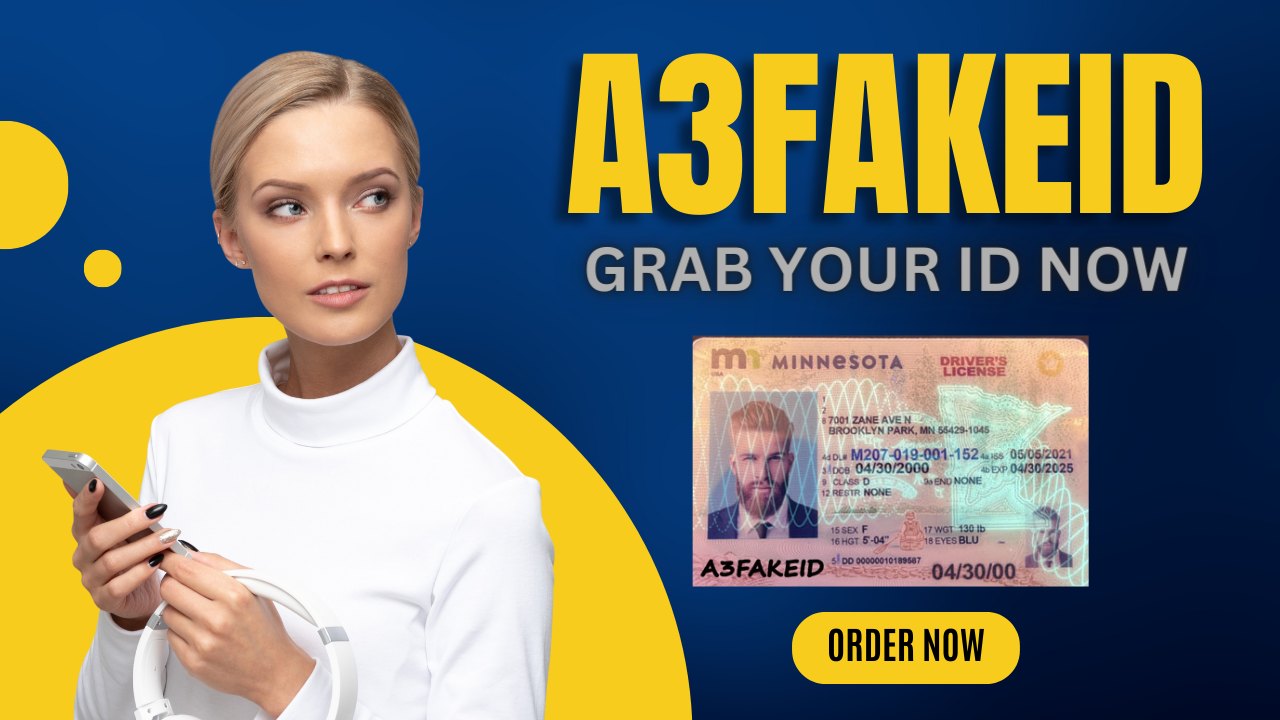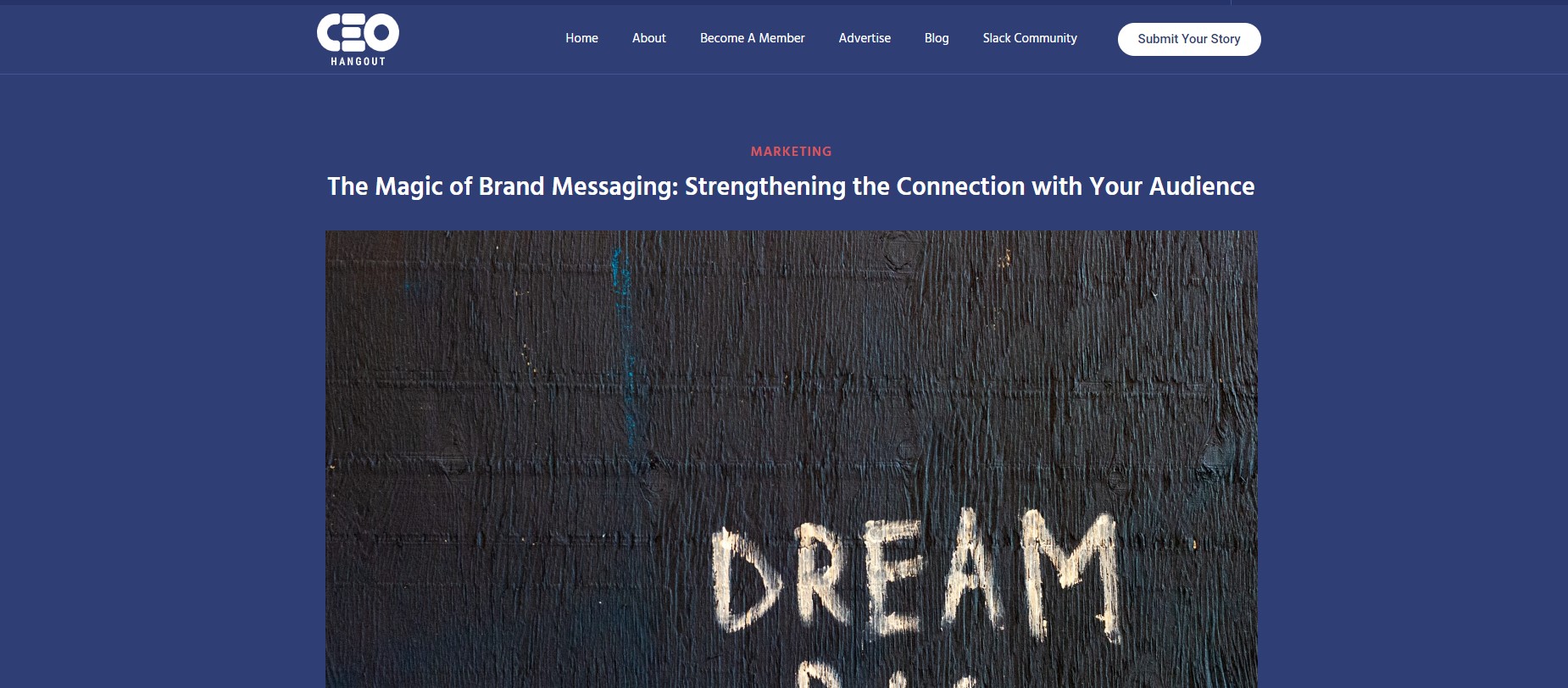Mississippi Fake IDs:The Inside Scoop

Counterfeit identification documents, including fake Mississippi IDs, pose a significant concern for law enforcement agencies, businesses, and society as a whole. Understanding the intricacies of these fraudulent IDs is crucial to identifying them and taking measures to prevent their use. In this article, we delve into the world of fake Mississippi IDs to provide you with a comprehensive inside look at their characteristics, risks, and how to spot them.
Fake Mississippi IDs, like counterfeit identification documents from other states, are typically created with the intent of gaining access to age-restricted venues, purchasing alcohol or tobacco, or engaging in other activities where age verification is necessary. These fake IDs are often obtained through illegal means, and their use can result in various legal consequences for both the individuals in possession of the fake ID and the entities that accept them.
To spot a fake Mississippi ID, it’s essential to be aware of common telltale signs. Here are some key indicators to look out for:
-
Inconsistent Holograms: Genuine Mississippi IDs feature a distinctive holographic design. Counterfeit IDs often struggle to replicate this feature accurately, leading to inconsistencies or imperfections in the hologram.
-
Poor Printing Quality: Fake IDs frequently exhibit lower print quality, with blurred text and images, whereas genuine IDs are produced with high-quality printing techniques.
-
Incorrect Fonts and Colors: Pay close attention to fonts and colors used on the ID. Fake IDs may use incorrect fonts or mismatched colors, whereas genuine Mississippi IDs adhere to specific design standards.
-
Misspelled Words or Inaccuracies: Counterfeit IDs may contain spelling errors or inaccuracies in the information presented, such as the wrong state seal or department name.
-
Incorrect Barcodes: Genuine IDs contain barcodes that are consistent with the information on the card. Counterfeit IDs may have barcodes that do not match the data presented.
-
Lack of UV Features: Many genuine IDs include ultraviolet (UV) features that are visible under UV light. Counterfeit IDs often lack these security elements.
It’s important to note that the quality of fake Mississippi IDs can vary widely, and some counterfeit IDs may be more convincing than others. As a result, training employees in establishments that require age verification, such as bars, clubs, or retailers, is crucial to effectively identify fake IDs.
Using or attempting to use a fake Mississippi ID can result in legal consequences, including fines and potential criminal charges. Businesses that knowingly accept fake IDs may also face penalties, making it crucial for both individuals and establishments to remain vigilant.
Conclusion:
Understanding the world of fake Mississippi IDs is essential for preventing their misuse. By recognizing the signs of a counterfeit ID, individuals and businesses can take proactive measures to protect themselves from the risks associated with these fraudulent documents. It’s important to stay informed and vigilant, as the methods used to create fake IDs continue to evolve. For more information visit A3fakeid






